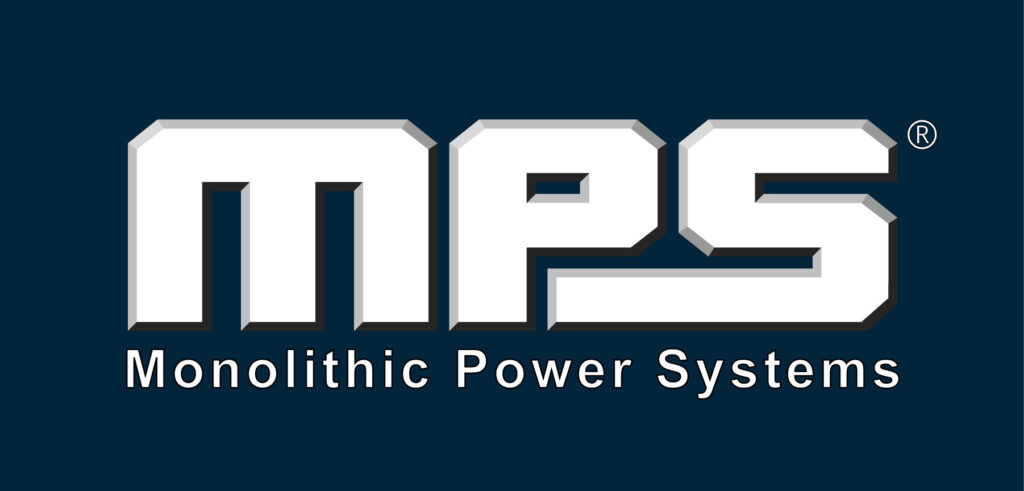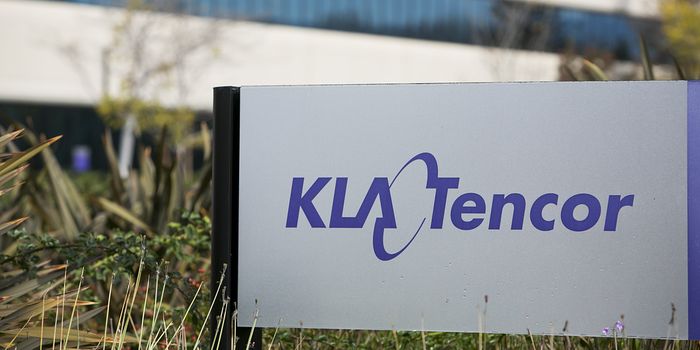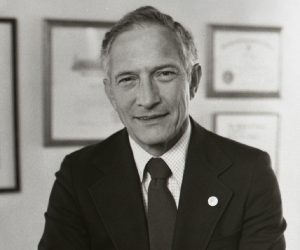Monolithic Power Systems (MPS): A Preeminent Global Semiconductor Company.
Monolithic Power Systems (MPS) offers power circuits for systems used in telecom infrastructures, cloud computing, automobiles, industrial uses, and consumer devices. The goal of MPS is to help clients use less energy overall by providing them with efficient, useful, and small-footprint solutions.
About The Company
Monolithic Power Systems, is a publicly traded American corporation. It operates in over 15 different countries throughout the world. Monolithic Power Systems(MPS) offers compact, incredibly energy-efficient, and simple-to-use power solutions for systems used in industrial uses, telecom facilities, cloud computing, automobiles, and consumer devices. The main office of Monolithic Power Systems is in Kirkland, Washington, and the company also has production facilities in California and Taiwan. The business creates, develops, and markets products for the automobile, industrial, consumer, computing, and storage industries. Monolithic Power Systems sells its goods through value-added resellers and independent distributors. In China, Europe, Taiwan, Korea, Japan, Southeast Asia, and the USA, it directly sells to original equipment producers, original design producers, and companies that provide services for electronic manufacturing. Monolithic Power Systems (MPS), a preeminent global semiconductor company, develops cutting-edge technologies that are simple to use and environmentally friendly to enhance the quality of life.

History
Michael Hsing, who is now the CEO, established Monolithic Power Systems, in 1997. Hsing served as a Senior Silicon Technology Developer at many analog integrated circuit firms before the company was founded. He is credited as an inventor of various patents pertaining to the advancement of manufacturing processes for bipolar mixed-signal semiconductors. After that, the business expanded into DC/DC products. Hsing floated the business in an initial public offering in November 2004. Since that time, the business has expanded to include six product lines and more than 1,000 goods. The company was included in the S&P 500 in 2021. A female board member was recently appointed by Monolithic Power Systems. In 2021, the company had a revenue of over 1.21$ billion.
Products
Monolithic Power Systems offers integral circuits for digital, analog, and mixed signals. It provides DC to DC converter integrated circuits (ICs) that are used to change and regulate the voltages of a variety of electronic systems, including electronics, WLAN access points, computers, set-top boxes, displays, vehicles, and medical equipment. Additionally, the business sells lighting control integrated circuits (ICs) for backlighting, that are utilized in systems that supply the source of light for LCD panels in laptops, LCD monitors, automotive GPS technologies, and LCD televisions. Monolithic Power Systems additionally produces class D audio amplifiers. The applications and systems experience at MPS is the result of a team of seasoned business professionals who combine deep expertise in electronics, IC-level technical skills, and a wealth of client application knowledge. This enables the business to effectively support its applications, accelerate time to market, and collaborate directly with customers to develop new product prospects.
Founder And CEO – Michael R. Hsing
Michael Hsing is the founder and CEO of Monolithic Power Systems. MPS was founded on a vision. Monolithic Power Systems was established in 1997 by engineer and innovator Michael Hsing on the premise that a whole power system could be built onto a single chip. A monolithic power unit that really integrates a full power system into a single package has been developed by MPS under his direction, and the company has continued to surpass industry standards with its patented cutting-edge technology. Previously Hsing has held senior technical positions at organizations like Micrel, and Supertex. Since 2010, Hsing has also served as the company’s chairman. He has also served as the company’s Director since 1997. Hsing graduated from the University of Florida with a B.S.E.E.

I am a law graduate from NLU Lucknow. I have a flair for creative writing and hence in my free time work as a freelance content writer.



